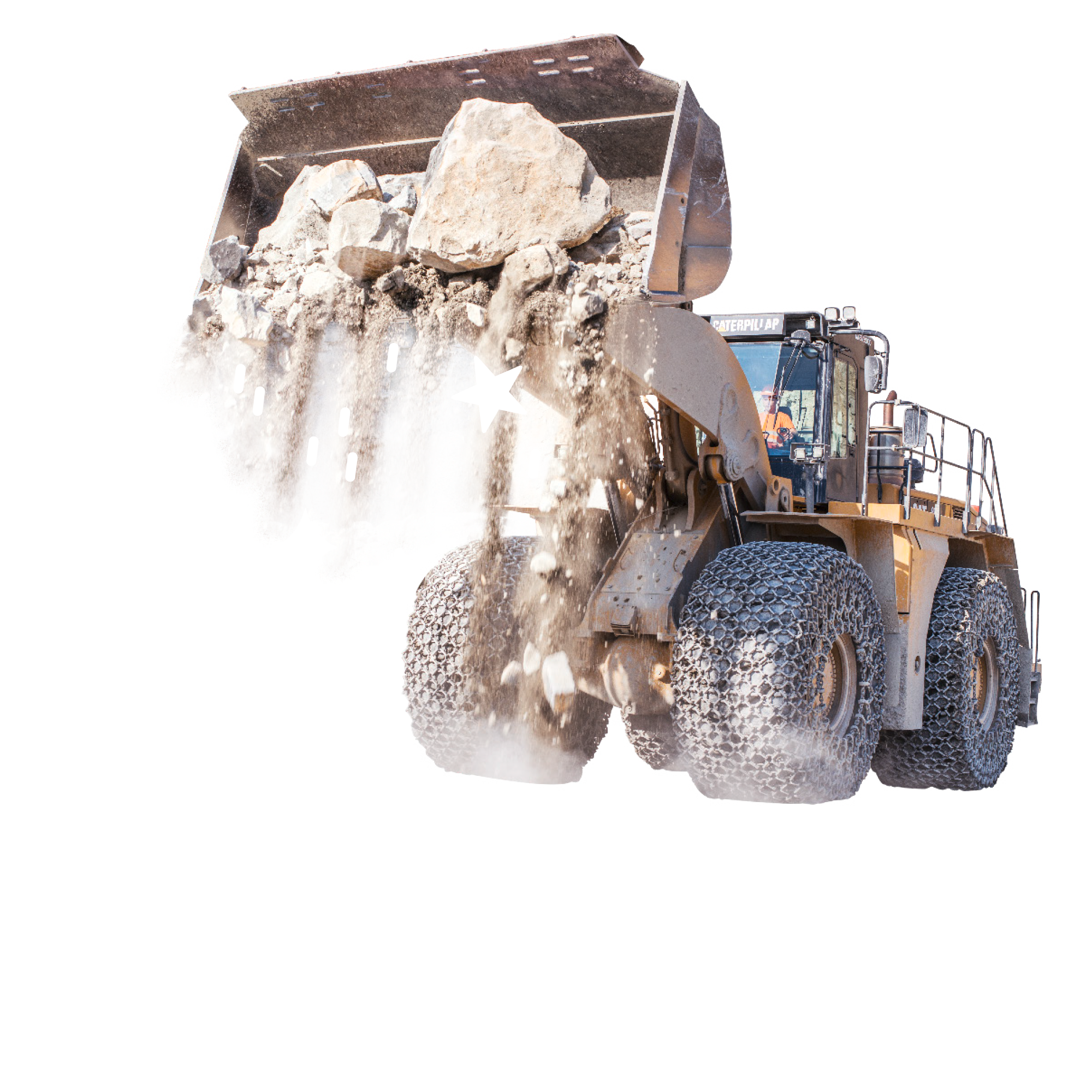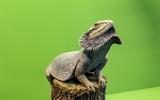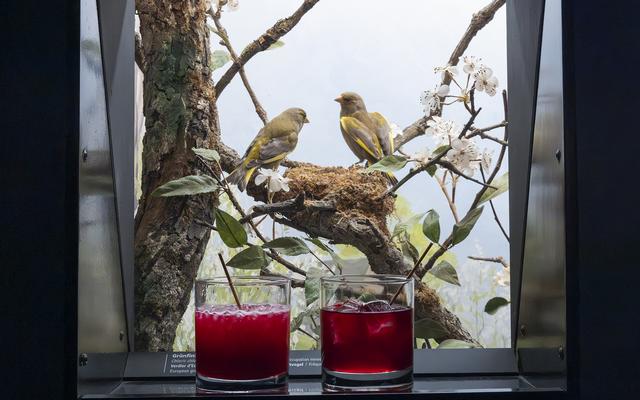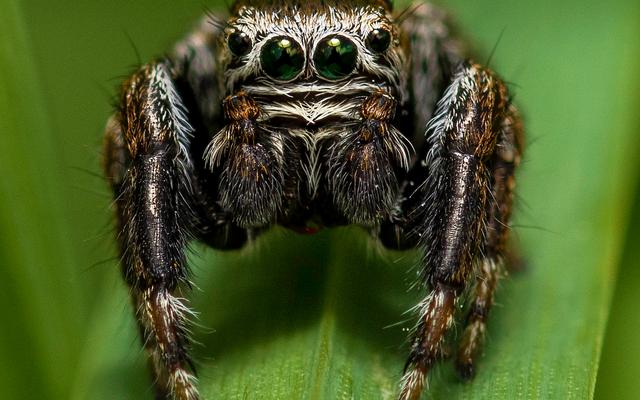Please download the IZI-Travel App to find the translation in English.
This new discovery can be described as the Planggenstock of palaeontology. Palaeontologists from the Natural History Museum came across some extremely rare fossils in a quarry in the Aargau Jura region: wonderfully preserved echinoderms in rocks dating from the mid-Jurassic period. The exhibition also offers unconventional staging: with 3D glasses, visitors can experience the discovery site as if they were there in person.
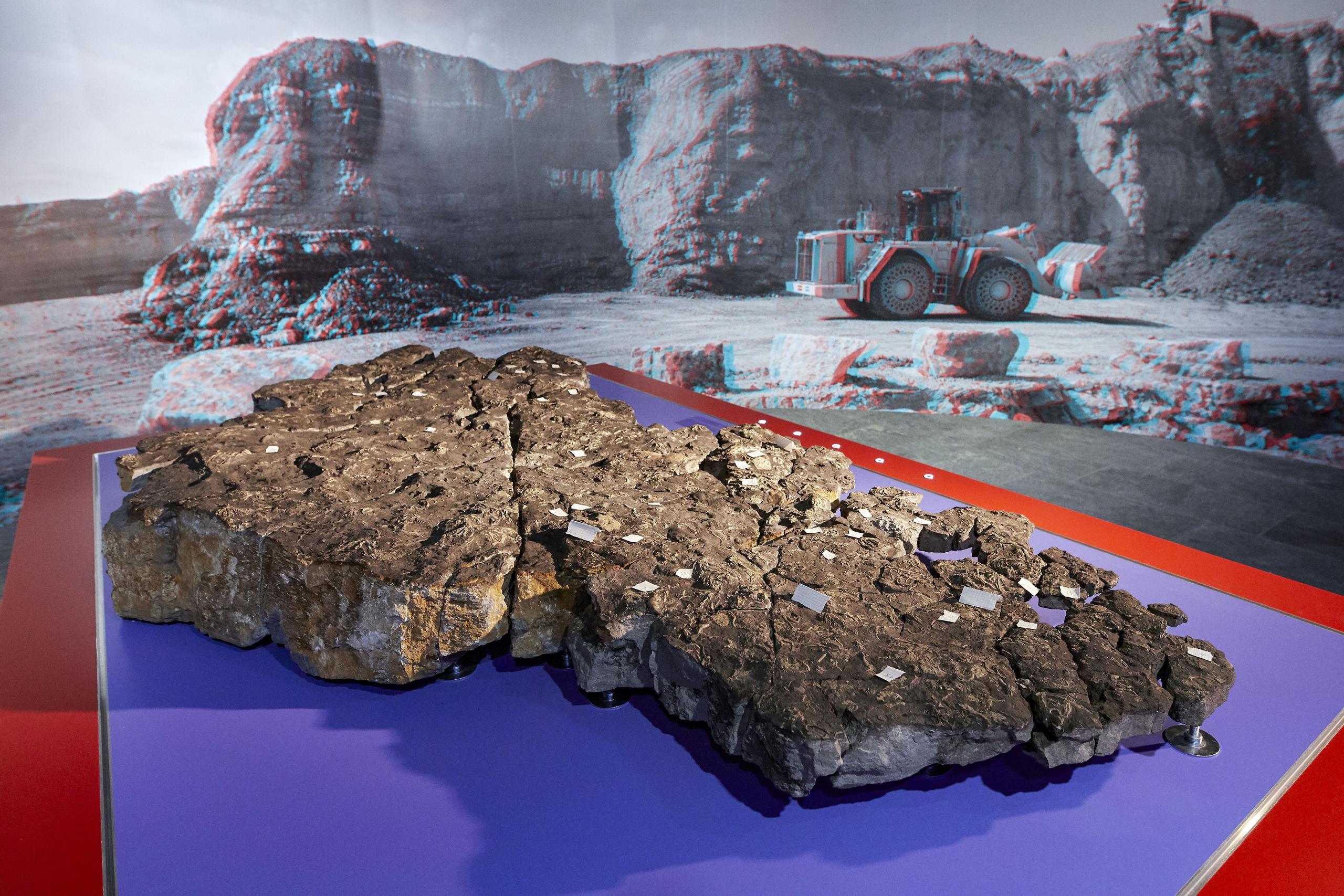
Veterans of the sea
Heartless, brainless and eyeless, but successful nonetheless: echinoderms, the ancient group of animals to which sea urchins, starfish, brittlestars, sea lilies and sea cucumbers belong, have been around for millions of years. They are found in all marine habitats, from deep ocean trenches to sandy beaches. Some are agile hunters, others «graze» or filter their food from the water. What they all have in common is a five rayed basic structure and spiny skin.
Just like the Bahamas?
The stratum of rock known as the Hauptrogenstein Formation was formed 170 million years ago in a warm, shallow, constantly moving sea like that found today in the Bahamas. Well-preserved fossils are rare, as the rolling of the water covered the «skeletal» remains of echinoderms such as sea lilies and sea urchins with calcium carbonate and formed them into perfect little spheres. These little balls look a bit like fish roe, Rogen in German, which is how the Formation got its name: HauptROGENstein.
Let’s magnify! One piece of the discovery from 2016, Hauptrogenstein, Unteregg quarry (Veltheim AG) with remains of sea urchin, starfish, brittlestar, sea lilie, sea cucumber and bivalve.
1 Seeigel Holectypus depressus
2 Seeigel Perisalenia hemicidaroides
3 Seeigel Paracidaris nov. sp.
4 Seestern Mesotremaster felli
5 Schlangenstern, unbestimmt
6 Seelilie Isocrinus nicoleti
7 Seegurke, unbestimmt
8 Muschel Plagiostoma sp.
- There are over 200 species of sea urchin in the world's oceans, and they come in all shapes and colours. Hedgehog-like spines protect the animals from predators such as hungry fish or starfish, and also serve as "legs".
- Starfish move dexterously across the ocean floor on hundreds of tiny feet and eat whatever they can overpower. Some prey on smaller ocean dwellers while others scavenge for food that's already dead or take their nutrients from mud.
- Unlike starfish, brittlestars have flexible arms which they can shed in order to escape danger and which then grow back. These agile creatures are not predators but scavengers or plankton-eaters.
- Sea lilies aren't actually plants but animals which use their feathery tentacles to filter nutrients out of the water. The stalked forms were common in the Jurassic ocean, often reaching impressive sizes. Smaller specimens are still found in the deep sea today.
- Based on the way they creep along the ocean floor sucking up mud, sea cucumbers could equally be known as sea vacuum cleaners. Their five rayed basic structure is today only evident in the pharynx and in five rows of tiny feet.

